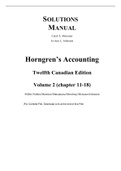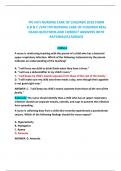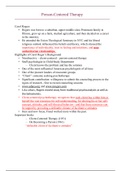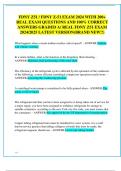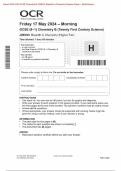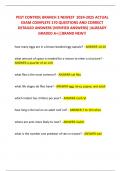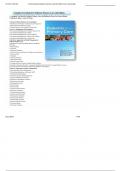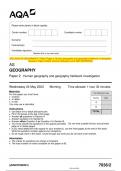Exam (elaborations)
Horngren's Accounting Volume 2 12th Canadian Edition By Miller-Nobles, Mattison, Ella Mae Matsumura, Mowbray, Meissner, Jo-Ann Johnston (Solution Manual)
- Course
- Institution
Horngren's Accounting, Volume 2, 12th Canadian Edition, 12e Miller-Nobles, Mattison, Ella Mae Matsumura, Mowbray, Meissner, Jo-Ann Johnston (Solution Manual) Horngren's Accounting, Volume 2, 12th Canadian Edition, 12e Miller-Nobles, Mattison, Ella Mae Matsumura, Mowbray, Meissner, Jo-Ann Johnsto...
[Show more]
